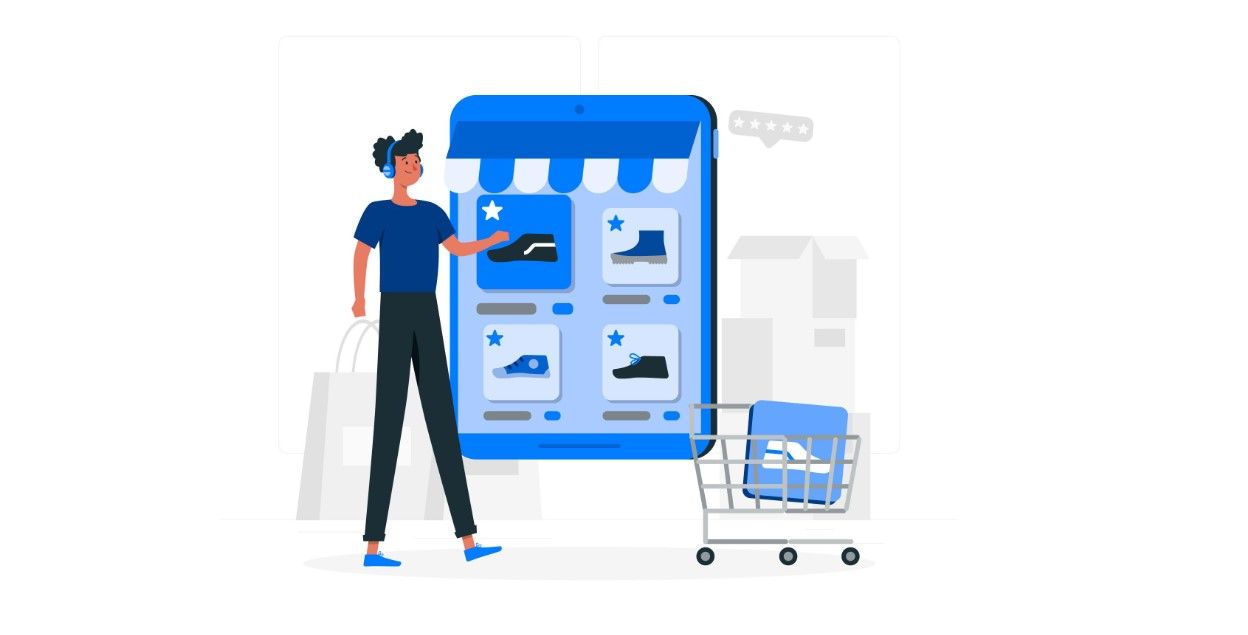
Turn your stores into customer magnets with optimal assortments. Boost sales and cash flows with Ariane 4S Assortment Optimization.
🎓 Definition
Assortment Optimization harnesses the power of machine learning to recommend the assortment list and turn stores into the favorite places for customers at each store.
The algorithms integrate sales data and shopping behavior to identify typical patterns for segmenting customers. The different proportions of customer segmentation by stores will lead to various product lists for customers at each store.
🧪 Example of Assortment Optimization
Imagine a Retailer operating in multiple locations with varying customer preferences and shopping behaviors. Without assortment optimization, the Retailer may struggle to effectively cater to the specific demands of each store's catchment area. However, by implementing assortment optimization, they can adapt their product range to the shopping specifics of each store's customer base.
💡 The process of Assortment Optimization can be broken down into 4 steps:
Step 1: Segment the Customers based on their Shopping Pattern
- The Algorithm searches the common pattern among the customers by considering Basket Size, Penetration, Pack size/type, and Selling Price.
- Identify behaviors that are similar, also refer to as Customer Types.

Step 2: Identify the favorite Products for each Customer Type
- The machine finds the most popular products in each customer type by using Shopper’s Basket or Shopper counts.
- This step provides an item list and data for sales forecast.
- Calculate the proportion of customers who purchase each product, ranking them accordingly.

Step 3: Determine the proportion of Customer Type by Store
- Based on the output from Step 1, the machine can define various Customer Types based on their shopping patterns.
- At this step, the machine determines the proportion of each customer type by store.

Step 4: Optimize the Assortment
- Once we get the customer type proportion, Algorithm will work based on the favorite product list of each customer type.
- Various constraints, such as the Number of SKUs, Pack size, and variant, could be input at this step.
- The system will select the combination that optimizes sales value, considering the proportion of each Customer Type and their favorite items.

❓The benefits of Assortment Optimization include:
Optimal Assortment Planning:
- Adapt your range to each store’s catchment area’s shopping specifics
- Automatically manage your space & products constraints.
Improved customer experience:
- Provide a personalized and relevant shopping experience.
- Higher customer satisfaction and loyalty at each store
Time-Saving and Efficiency:
- Leverage Machine Learning expert algorithm to save 100’s of hours
- Build several scenarios and choose the optimal one
Drive Assortment Rationalization as a Collaboration Project:
- Retailer & Manufacturers jointly defines their constraints.
- Retailer & Manufacturers jointly monitor each new assortment’s performances.
With Assortment Optimization, Retail Players gain the power to curate attractive and profitable product ranges
The efficiency of automation, combined with the ability to offer the right products at the right time, positions Retailers and Manufacturers for a competitive edge in the market.
How does Assortment Optimization handle seasonal or promotional products?
Assortment Optimization algorithms are designed to adapt and adjust to various factors, including seasonal variations and promotional items. The system can integrate seasonal trends and promotional strategies into its optimization process. This means that the assortment can be dynamically updated to include seasonal or promotional products that are likely to be popular during specific times of the year. By doing so, retailers can ensure that their product range remains relevant and appealing to customers throughout the year.
Can Assortment Optimization adapt to sudden changes in market trends or customer preferences?
Yes, Assortment Optimization is designed to be flexible and adaptive to changes in market trends or customer preferences. The algorithms are capable of incorporating new data and adjusting the assortment accordingly. This means that the system can react to rapidly changing market dynamics and unexpected shifts in customer behavior. By leveraging machine learning and real-time data analytics, Assortment Optimization enables retailers to stay agile and responsive to the evolving demands of the market and their customers.
🖥️ Make it happen in Ariane 4S
Step 1: Create Scenario - Build Your Scope by selecting Category, Brand, Store and Customer base (Loyal Customers or All Customers).

Step 2: Select assortment constraints: Number of SKUs, Number of Variant, Number of Packsize, and Store Priority (define the same assortment for all selected stores OR individual assortment per store)

Step 3: Click “Run Optimization” and here you are. The result will display the Optimize Products in the Store selected.

• Assortment Effectiveness
• Assortment Distribution
• Assortment Rationalization